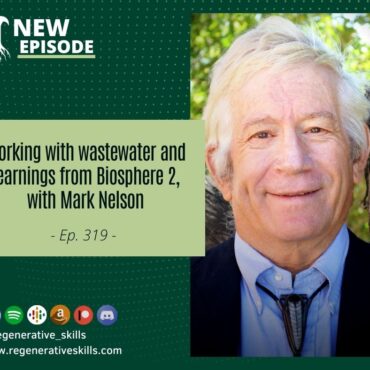
Working with wastewater and learnings from Biosphere 2, with Mark Nelson
I’ve been lucky in recent months to be able to speak to people who’ve been leaders and change makers in the regenerative space for a significant amount of time. Building […]
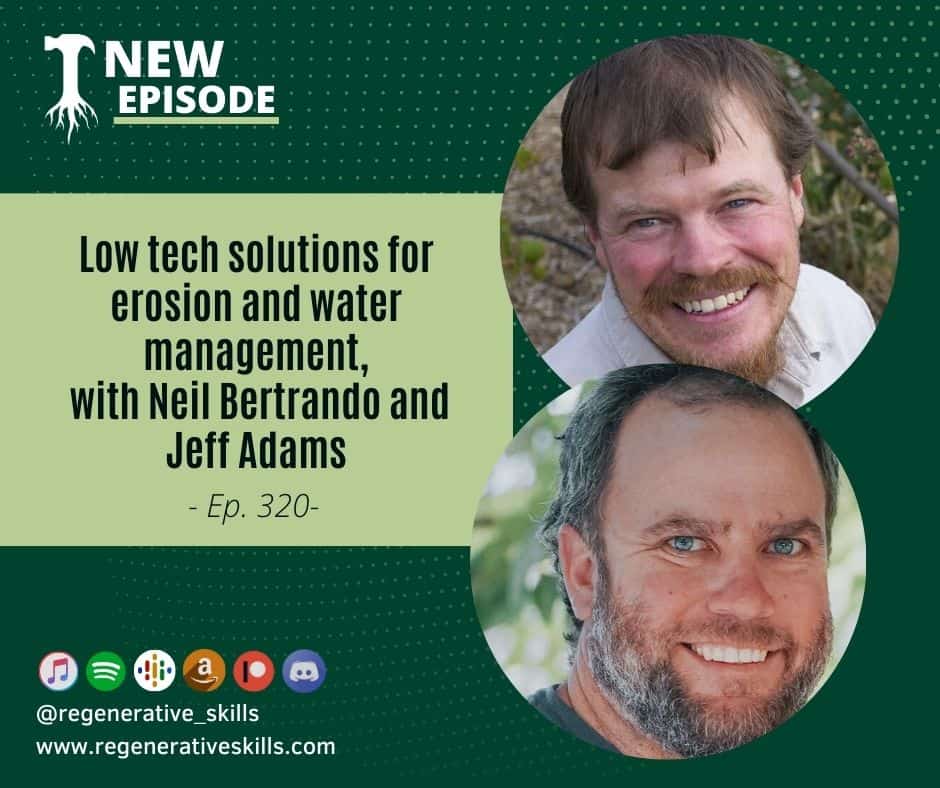

We live in a time when everyone seems to be looking for high tech solutions for every problem. Maybe it’s due to all of the new tech that has come out in recent decades with lofty promises of new frontiers, or the fact that so many of us are removed from regular interaction with the natural world, but I genuinely believe that technology is more over-applied and responsible for more problems than it usually solves.
For that reason I always like to see when professionals advocate for low tech solutions and a return to basics and analog methods, especially when working with nature.
Today I have the pleasure of introducing two guests whose work I’ve admired for a while and who co teach a online course called low tech erosion control which focuses on the approach and techniques that are approachable for almost everyone to reverse and regenerate landscapes suffering from water erosion.
First up, there’s Jeff Adams, who is owner/operator of TerraSophia LLC, a watershed restoration and landscape contracting firm based in Moab, UT. He has a depth of experience in permaculture, watershed rehabilitation, water harvesting, erosion control, and educational programs. With over 20 years of field experience, Jeff brings a practical and integrated approach to each project and course he does.
Along with him we’re joined by Neil Bertrando, a regenerative specialist who has focused on integrated water harvesting, agroforestry systems, homestead production gardens with season extension, medicinal pollinator habitats, and ecological restoration for over 12 years. He has been a permaculture instructor at OSU since 2014. He holds degrees in Biology and Environmental Science and owns an ecological design and education firm, RT Permaculture, specializing in effective and regenerative landscapes.
Together we start by digging into each of their unique paths into working in ecological restoration in the American Southwest and the Great basin regions. They each describe the challenges of their climate and context as well as the historical and current sources of degradation of the surrounding ecology that is often behind the restoration project where they work.
From there we systematically walk through the site assessment process of reading the landscape and understanding the local ecology to begin the project design.
Both Jeff and Neil describe the ways they develop a plan of action including the information they gather and how they assess different implementation strategies, especially from the low tech options and working with materials found on site.
We also talk about one of my favorite and often overlooked aspects of project design, which is the maintenance and revision strategies over time, as well as how to design with them in mind.
This discussion is full of practical advice that you can use to get started on your own watershed restoration project at a manageable scale,
Links:
https://www.regenerativeliving.online/course/ltecselfpaced
https://www.rtpermaculture.com/
Tagged as: low tech erosion control.

I’ve been lucky in recent months to be able to speak to people who’ve been leaders and change makers in the regenerative space for a significant amount of time. Building […]
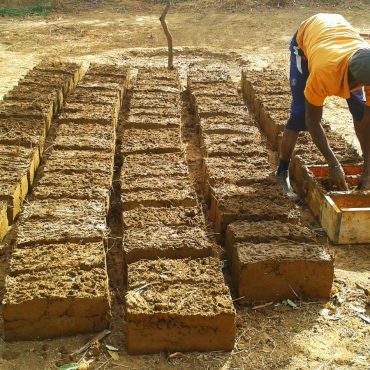
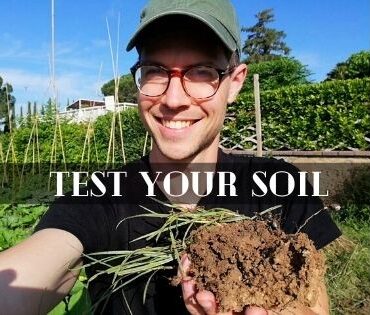
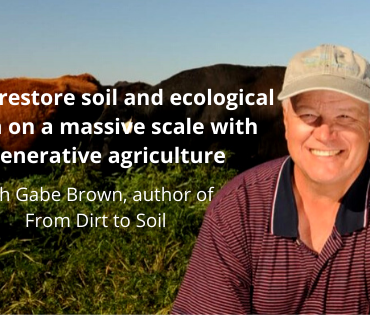
Copyright Regenerative Skills 2021
Post comments
This post currently has no comments.